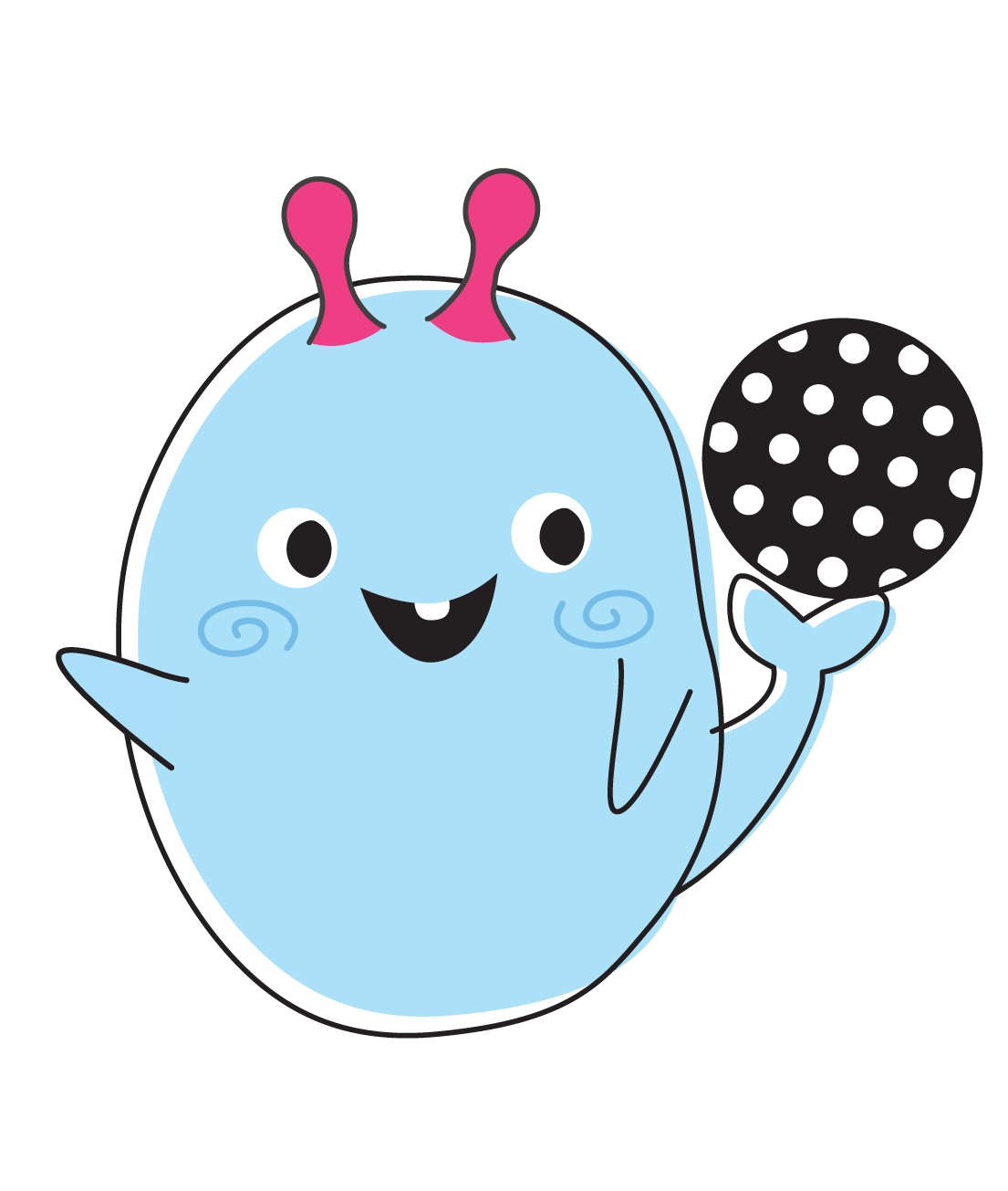Child-Led Play and Parent-Led Play
A: While child-led play and parent-led play may seem too different, the two play approaches can actually complement each other.
A:In child-led play, your child directs and leads in the play activity. Your child plays an active role in creating their own rules and play experiences.
A:Parent-led play, also called, carer-led or adult-led play, is where the parent takes an active role in guiding and directing their child’s play activity.
A:When you follow your child’s lead in play, it allows them to follow their natural interests. It helps them to feel more independent and confident in their own abilities.
A:This style of play can be beneficial for parents who are looking for more structure and predictability when teaching their child skills in play.
A:Let’s take a block-building activity as an example. In a child-led approach, the parent actively engages with the child by following their lead. They might say things like, ‘I wonder what I could make with these blocks!’, or ask open-ended questions like, ‘What are you building there?’. They provide support and encouragement, but the child remains in control of the play process.
A:In a parent-led approach, the child is encouraged to help by following direct instructions, e.g. ‘Yes, put it next to the blue block. Now the red block goes on top of it’. The focus is primarily on following the parent’s guidance and replicating the predetermined design.
A:In parent-led play, more emphasis is put on following the parent’s instructions or achieving a specified outcome. In child-led play, the child has the autonomy to make decisions about how play materials can be used. The parent’s role is one of support and facilitation, allowing the child to take the lead and express their ideas.
A:Younger children as they may benefit from having more freedom to explore in play.
A:Regardless of the play approach, we should aim to create a nurturing and enriching play environment that supports our child’s overall development and well-being.



